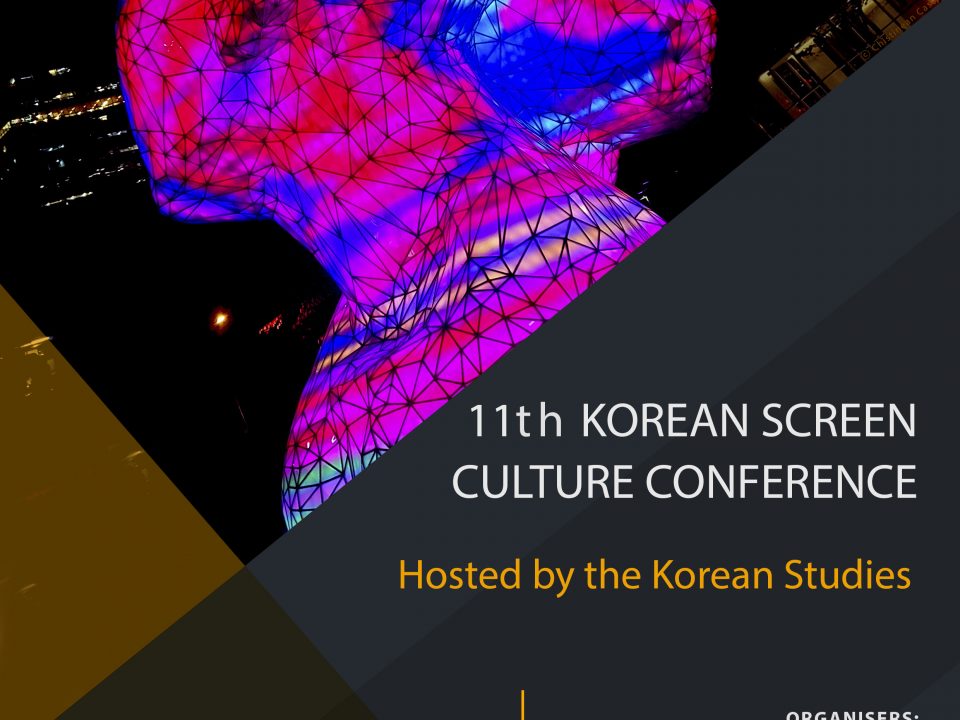Remaking Nollywood: Networks of Circulations and Memory Constructions

Over the last few years the so-called New Nollywood industry has produced several films that are remakes or sequels of Old Nollywood movies from the video era. We want to investigate this phenomenon, which can be seen as both a diffuse creative trend and a calculated production strategy tending towards a revival of video Nollywood.
One hypothesis of this research is that Nigerian film culture is facing an interesting phase in which cultural production meets archiving, innovation meets preservation. The rediscovery and re-evaluation of Nigeria’s own audio-visual past will affect the creation of new films and audio-visual products in many ways. In this shift from a content-based industry to a copyright-based industry the old movies acquire new values in cultural and economic terms.
In her project, which is part of Working Area C on Archives and Cultural Heritage, Sonia Campanini focuses on five case studies of recent sequels or remakes of Old Nollywood movies: Living in Bondage: Breaking Free (Ramsey Nouah, 2019), Rattlesnake: The Ahanna Story (Ramsey Nouha, 2020), Nneka the Pretty Serpent (Zeb Ejiro, Tosin Igho 2020), Domitilla: The Sequel (Zeb Ejiro, 2021/2022), and Glamour Girls Remake (Chika Onukwufor, 2022).
Her research questions concern: how digital/New Nollywood is reviving and reappropriating video/Old Nollywood through remakes and sequels; what are the economic, legal, and cultural dynamics involved in this process; what strategies are being adopted by cultural entrepreneurs and how is the copyright issue negotiated; what is the role of digital platforms like Netflix, YouTube, and irokotv in the regional and global distribution of the new films and their antecedents.
Prof. Campanini intends to analyse the phenomenon of Remaking Nollywood by taking two dimensions into consideration: on one hand the economic dimension of producing and circulating the sequel/remakes and their antecedents, on the other the dimension of collective memory, i.e., how audiences relate to Nigerian archival films and contribute to the canonization of Old Nollywood.
The project combines a textual and contextual analysis of the five films used as case studies, with interviews with directors, producers, actors, film students, fans, and a general audience. Digital tools are also used to explore discourses by audiences and fans on social media.
Image Credits: (c) Wikimedia/Bestvillage CC-BY

